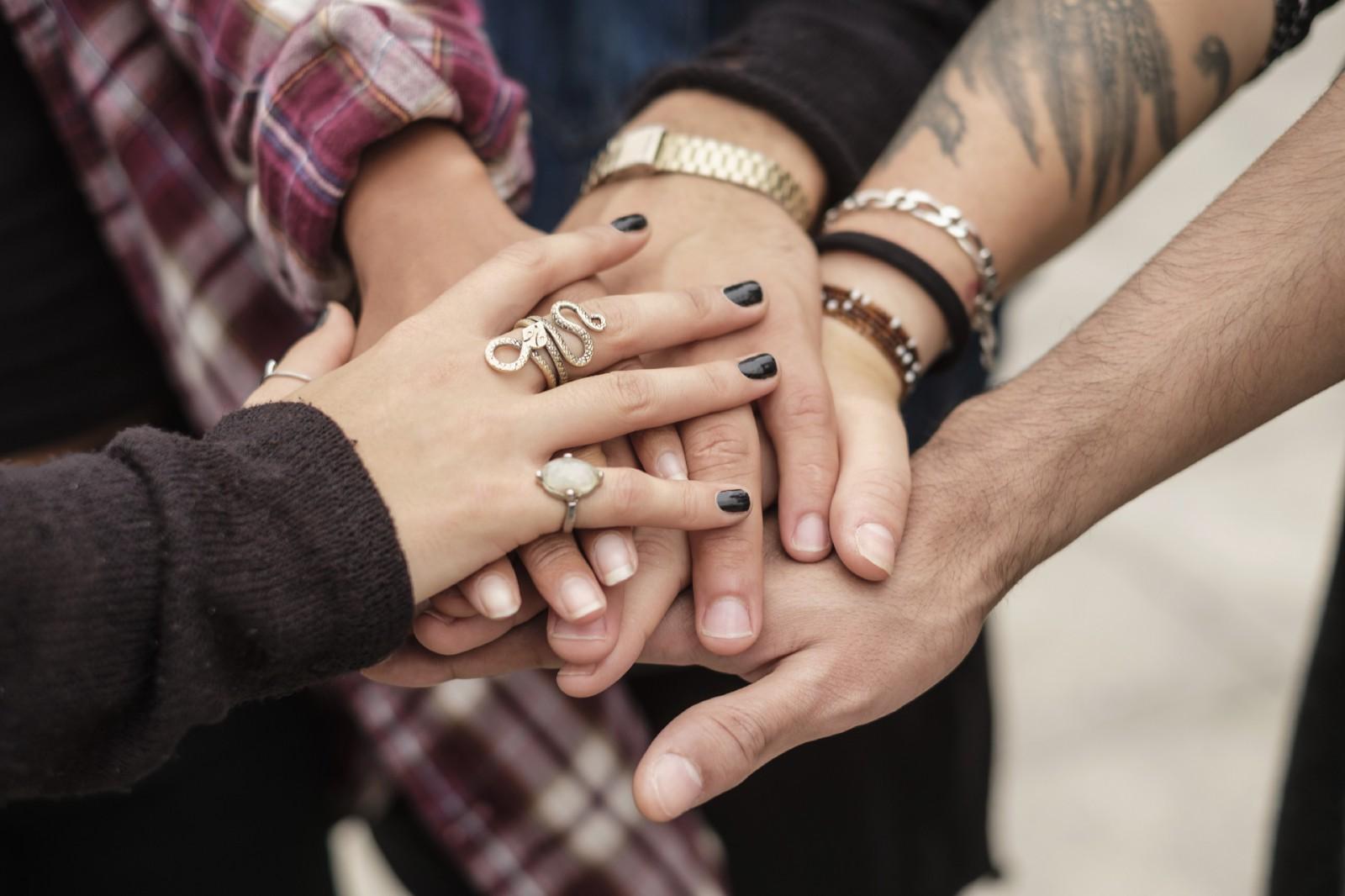Finding a Place for Restorative Justice
A new project chronicles the myriad alternative visions of justice taking place in the U.S. and Canada.

Over the last ten years, criminal justice reform has gone mainstream. Ideas like reducing prison populations, finding alternatives to incarceration, and accounting for the human and fiscal toll of mass incarceration are now far from radical or partisan; they’re on the lips of centrist politicians and Americans of many stripes. In the background of that growing discussion lingers an important question: If the criminal justice system as we know it transforms dramatically, shrinks, or becomes obsolete … then what?
That discussion often leads to another concept that has grown in popularity in recent years: restorative justice.
“Even if there were no prisons, we would still need a way to deal with what to do when someone hurts someone else,” says Professor Sonya Shah, co-author of a new report from the Zehr Institute for Restorative Justice.
Because there are so many permutations of restorative justice practiced by so many different groups, there is no shared definition or model. But in broad terms, this model of justice tends to revolve around a common community-based goal of addressing and repairing harms and violence outside of the traditional confines of the legal system. The diversity of approaches to that common goal is what led Shah and her colleagues to travel to five locations across the U.S. and Canada to meet with and listen to a variety of groups engaged in the practice.
The result of their work is the “Restorative Justice Listening Project.” Released on November 16th, the report chronicles what they learned from visiting restorative justice practitioners in Minnesota, Maryland, British Columbia, California’s Bay Area, and the Navajo Nation of New Mexico.
For many indigenous communities, the practice of responding to conflict without incarceration or courts is nothing new. While they might not label it restorative justice, taking a holistic approach to harms caused by community members is a long-held tradition, whereas many Western communities are only recently beginning to think beyond the tried and true “lock ’em up” response to crime.
“One of the things we recognized in this whole process is that we really have to uplift the indigenous, and the many types of indigenous restorative justice,” says Shah. She noted “the typical Western tendency” to claim expertise after “learning one thing from one indigenous person,” rather than talking to many different groups.
“We are such a multicultural society, but I do think there are way for us to cross into each other’s worlds with a lot of respect, humility, and growth,” Shah tells The Appeal.
In addition to the work of indigenous practitioners, Shah notes that criminal justice reform was often part of discussions in the listening groups. While prosecutorial diversion programs for certain offenses and other alternatives to incarceration are growing increasingly common, Shah notes that many of those programs are still punitive in nature. As prosecutors who fashion themselves as progressives have risen to prominence, so has a tension between what it means to protect and heal a community from harm, what it means to serve justice, and how to do both at once in a way that doesn’t ultimately cause more harm.
“I think some district attorneys would say, ‘[Restorative justice] would eventually work us out of a job,’” says Shah. “That’s the whole point. How do we uplift that paradigm of a police officer and DA that’s thinking about what’s better for a community, and not what’s punitive?”
“We created that [punitive] narrative,” Shah continues, “So we can uncreate it.”
That process of listening and learning across cultural boundaries is central to the Listening Project’s recommendations. But as the movement for restorative justice grows in popularity, so do the challenges it faces. Central to those challenges, the report notes, is how to avoid institutionalizing or “professionalizing” restorative justice through trainings or certifications. Many practitioners fear this would veer the practice away from its community-based origins and goals.
As Shah and her colleagues assess their findings and reflect on the broader movement, she emphasized that restorative justice isn’t intended to be a fix-all solution to the myriad conflicts facing communities. “It’s not a panacea,” says Shah. “It’s not meant to be the only strategy, it’s meant to be one strategy.”
